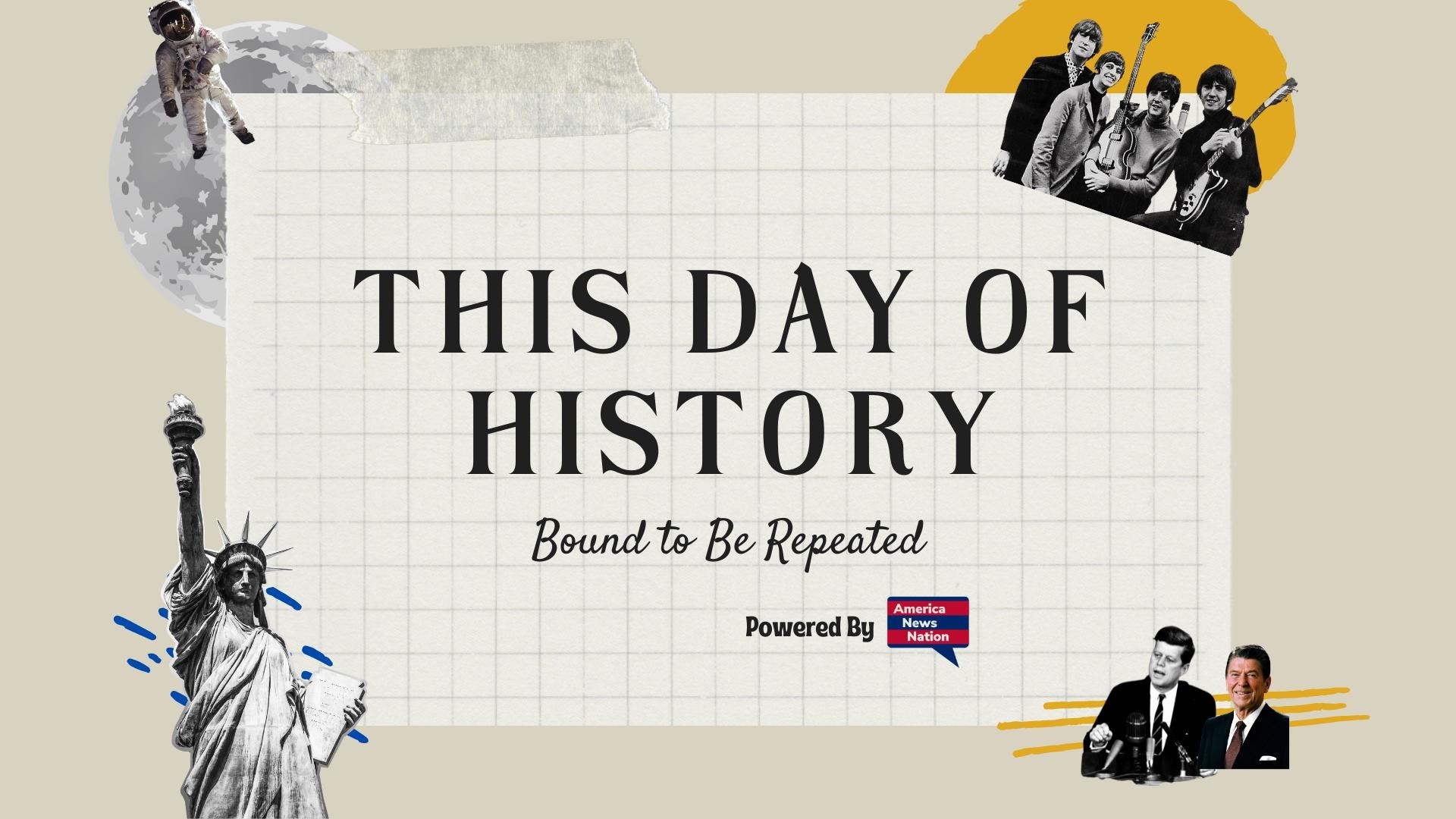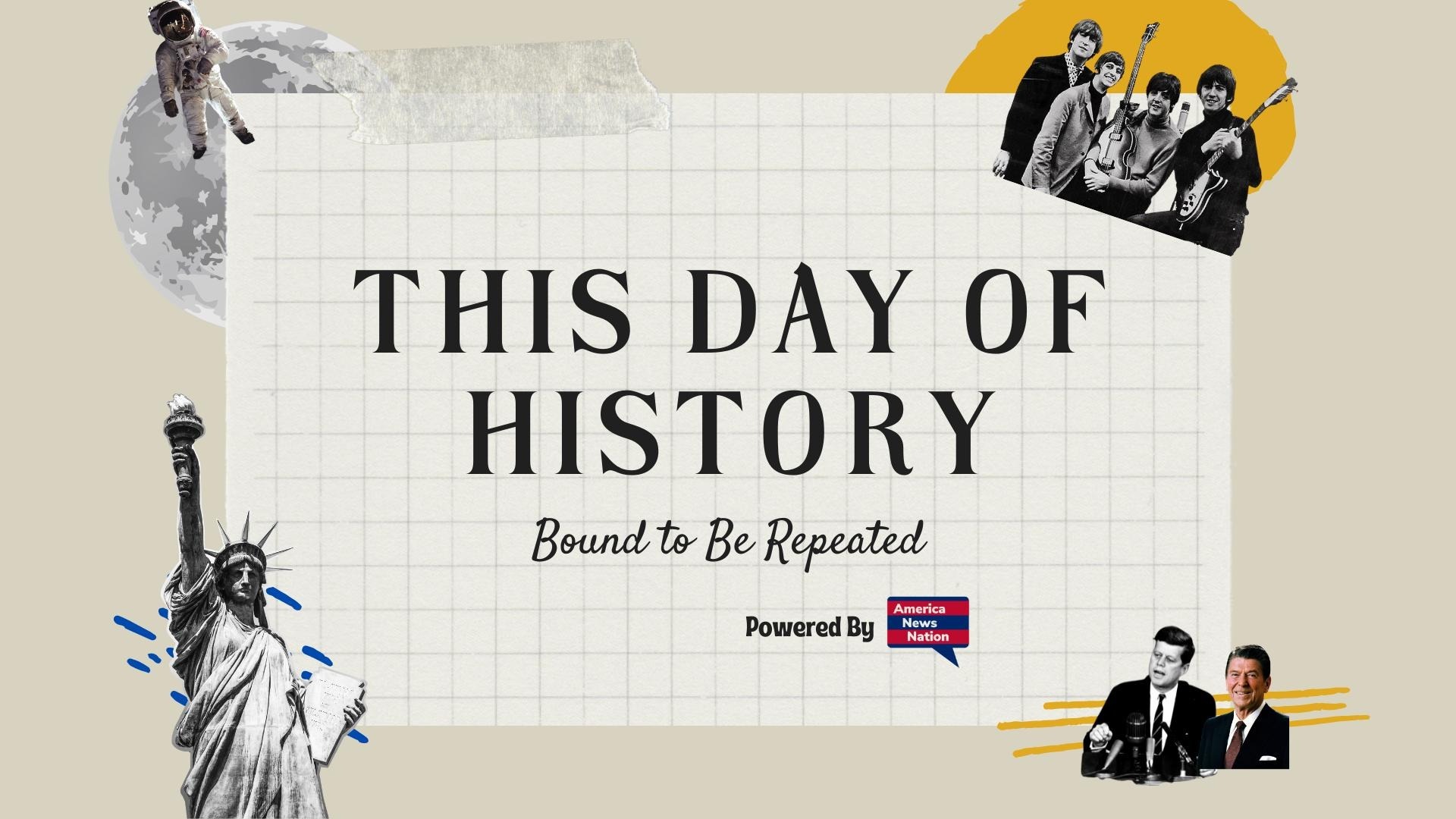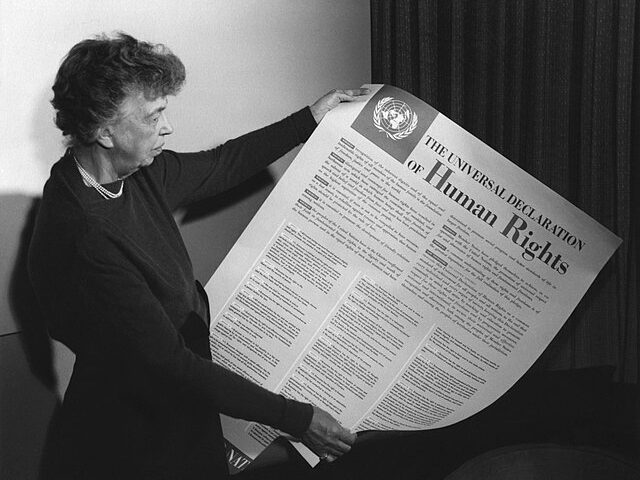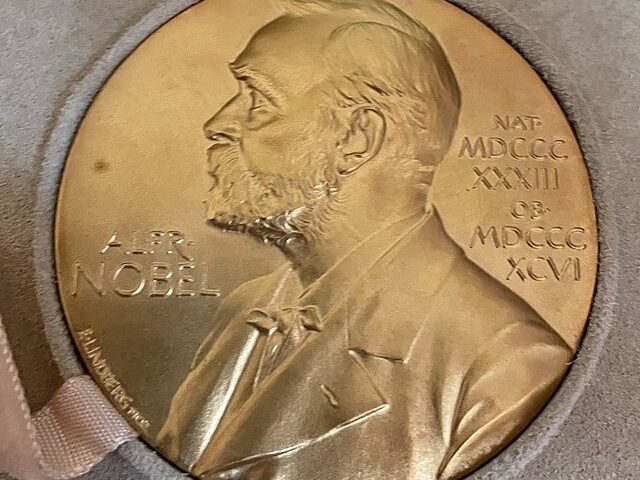On February 13, 1914, a group of distinguished songwriters, composers, and music publishers gathered at the Hotel Claridge in New York City to establish the American Society of Composers, Authors, and Publishers (ASCAP). Their goal was both simple and groundbreaking: to protect the copyrights of musical compositions and ensure that their creators received fair compensation for the public performance of their works. In the years that followed, ASCAP became one of the most influential organizations in the music industry, shaping copyright law, engaging in legal battles, and transforming how composers and songwriters earned a living.
By the early 20th century, live music performances in restaurants, theaters, and dance halls had become a core part of American entertainment. However, while these venues profited from the music, the composers and lyricists who created the songs saw little to no financial return. Music publishers could earn revenue from sheet music sales, but if a cabaret band played Alexander’s Ragtime Band, its composer, Irving Berlin, received nothing. This legal loophole allowed businesses to benefit from copyrighted works without compensating their creators.
ASCAP was founded to correct this imbalance, arguing that the public performance of copyrighted music—whether played live, broadcast on the radio, or played on a phonograph—required a license, with royalties distributed to the copyright holders. Among its founders were Victor Herbert, John Philip Sousa, and James Weldon Johnson, all of whom had seen their works widely used without payment. They recognized the need for a collective licensing system that would enforce their rights and secure fair earnings for their music.
ASCAP’s legal authority was based on the Copyright Act of 1909, which extended copyright protections to include the public performance of musical compositions. This law granted composers and lyricists the exclusive right to authorize performances of their work. However, enforcement was weak, and many businesses ignored their obligation to pay for performance rights. With ASCAP’s formation, this changed. The organization created a centralized system for licensing music and collecting fees from businesses that profited from copyrighted songs. The principle was simple: if a business used music to enhance its atmosphere and attract customers, it had to pay for that privilege.
Despite its mission, ASCAP faced strong resistance from business owners who had long used music for free. Early lawsuits challenged ASCAP’s authority, but the courts upheld its claims. A pivotal moment came with Herbert v. Shanley Co. (1917), when the Supreme Court ruled that restaurants, theaters, and other commercial venues playing copyrighted music for financial gain were required to pay licensing fees. This legal victory solidified ASCAP’s role and allowed it to expand rapidly, securing agreements with theaters, radio stations, and other public venues while distributing royalties to its members.
The rise of radio in the 1920s and 1930s presented new challenges. Radio stations initially resisted paying royalties, arguing that they were promoting music rather than profiting from it. ASCAP countered that because stations generated advertising revenue from broadcasting copyrighted songs, they were obligated to pay licensing fees. These legal battles helped establish the modern system of music licensing and reinforced the value of performance rights in the evolving media landscape.
Although ASCAP was the first organization of its kind, it did not remain the only one. In 1939, Broadcast Music, Inc. (BMI) emerged as a competitor, providing alternative licensing agreements to radio stations. The rivalry between ASCAP and BMI reshaped the industry, making licensing more competitive and ensuring that a wider range of artists and genres received recognition and compensation for their work.
More than a century after its founding, ASCAP continues to advocate for music creators in the digital age. With the rise of streaming services and new distribution models, the debate over copyright and fair compensation remains as relevant as ever. The core principles that drove ASCAP’s establishment in 1914—fair pay, collective licensing, and strong copyright protections—continue to shape discussions on intellectual property rights in a rapidly changing technological landscape.






